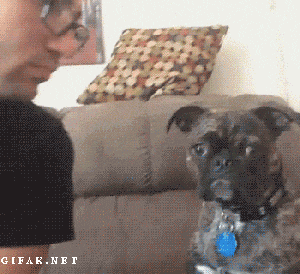Brushing your dog’s teeth is both a difficult and necessary part of being a dog owner. That being said, there are a few different tips that you can use to help you get your dog’s teeth sparkling clean without getting bitten or hurting anyone’s feelings.
Choosing Your Tools-
The first step to any successful tooth brushing is of course to choose the right tools. For dogs that have never had their teeth brushed before, it is always best to gauge how they react to brushes. In most cases, dogs that have never had their teeth brushed will tend to become annoyed with the process. This means that choosing a soft brush, one with a handle and perhaps even soft head, and a tooth paste that is appealing is the best way to get their teeth brushing started. This may result in a less clean brushing but it will insure that your dog does not hurt itself trying to fight the brush. For dogs that are used to brushing, a fingertip brush is going to offer a more thorough brushing.
Process-
The next thing to consider is of course the process by which you are going to brush your dog’s teeth. It is always best to first show your dog the tooth brush, this will help lower anxiety. The next step should be introducing the paste. This could be as simple as letting them smell it or even taste a small bit. Next, you should apply the paste to the brush and gently hold your dogs head still. If your dog is going to fight back, this will be the point at which they begin to struggle. You can then continue or wait until your dog calms down. To achieve a proper brushing you should strive to brush along the gum line, on the tongue, and the teeth. If at any time your dog becomes anxious or starts to struggle, it is always best to stop brushing.






